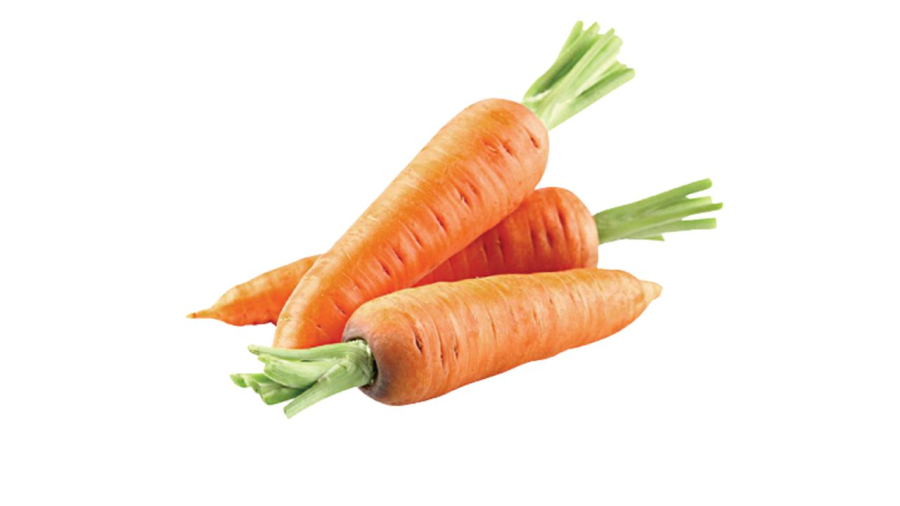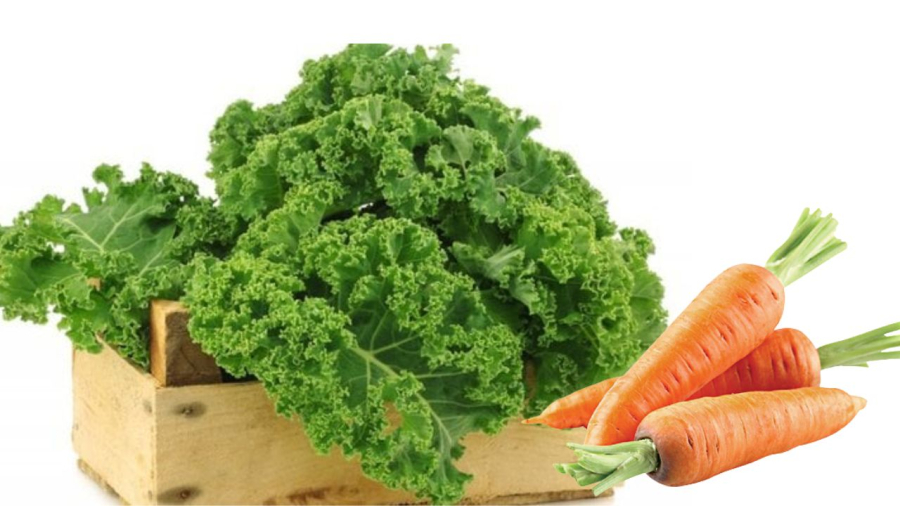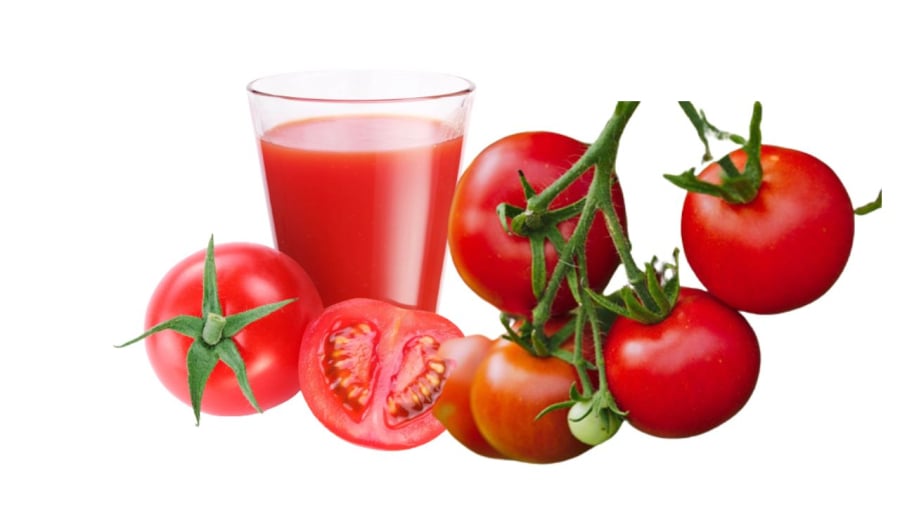Fruits and vegetables are a group of foods that many people choose to consume raw to ensure the freshness of the vitamins. In the trend of raw food, people consume everything raw. However, according to Amy Myers, Medical Director of Austin Ultrahealth Clinical Institute, there are certain types of fruits and vegetables that are better cooked to maximize their benefits. Improper cooking methods can deplete beneficial nutrients and harm health. However, this does not mean that consuming raw fruits and vegetables is always better, as it depends on each specific type.
Fruits and vegetables contain essential components for good health, such as fiber, vitamins, and minerals like potassium, folate, and vitamins A, C, and E, along with many other compounds.
While cooking can lead to some loss of vitamins in fruits and vegetables, on the other hand, certain types of fruits and vegetables are better for you when cooked, as the cooking process can change their chemical composition.
According to Dr. Amy Myers, the following 4 types of fruits and vegetables are better cooked for optimal health:

1. Carrots
Carrots are better when cooked because:
– Raw carrots provide more vitamin C, but cooked carrots release more beta-carotene. Beta-carotene is converted into vitamin A in the body, which can boost the immune system and provide many health benefits. However, beta-carotene is the most important nutrient you can get from carrots, and the amount of vitamin C in carrots is not significantly high. We can easily obtain vitamin C from other foods with higher vitamin C content.
– The cooking process may cause a slight loss of vitamin C in carrots, but it is not significant. Moreover, we can minimize this loss by cooking methods like steaming, covering the pot when cooking, not cooking for too long, or avoiding high temperatures.
– Cooked carrots are easier to digest than raw carrots.

2. Kale
Kale is known as a “superfood” because of its numerous health benefits. However, many people consume kale raw or juice it. According to Dr. Amy Myers, kale should also be cooked rather than consumed raw. Steaming kale instead of eating it raw or stir-frying it can minimize vitamin loss and inactivate certain enzymes that prevent your body from using iodine, which is necessary for your thyroid gland’s function. If you steam kale, boil it in plenty of water over high heat, and quickly remove it when it becomes tender. The sooner you eat it, the better.
Kale has a bitter taste, so it is easier to eat when cooked. Moreover, consuming raw kale that still contains pesticides can be harmful to your health as it is difficult to thoroughly clean them. However, it should not be denied that raw kale is also good and nutritious.

3. Tomatoes
In fact, both raw and cooked tomatoes have health benefits, so many people drink tomato juice and cook with tomatoes. However, according to research, cooked tomatoes have more health benefits than raw tomatoes. Unlike other foods, tomatoes cooked at high temperatures do not lose as many nutrients as other vegetables, and even when heat-cooked, tomatoes’ lycopene content and other antioxidants increase. These are important nutrients in tomatoes that help protect health. Lycopene is associated with a reduced risk of developing many chronic diseases, including heart disease and cancer. For example, simmering tomatoes for 30 minutes can increase the lycopene content by over 50%. However, prolonged cooking at high temperatures can reduce the levels of some other compounds in tomatoes.
Raw tomatoes should only be eaten when ripe, avoiding eating unripe tomatoes as they contain natural toxins that can cause nausea. When eating raw tomatoes, avoid eating the seeds as they can be difficult to digest and increase the risk of long-term intestinal inflammation. Do not eat raw tomatoes on an empty stomach as they contain phenolic compounds that can cause reactions such as nausea, intestinal stimulation, and stomachache.
4. Asparagus
Asparagus is a good and delicious vegetable, but it is better when cooked. Asparagus contains many vitamins, such as vitamin K and folate, as well as anti-inflammatory and antioxidant nutrients that boost energy and protect the body from cancer cells. That is why some people believe that consuming raw asparagus preserves antioxidants and vitamins that could be lost during cooking. However, both raw and cooked asparagus have their own benefits. However, from the perspective of health and nutrition, cooked asparagus is better, especially for individuals with weak digestive systems.
Many nutrients in asparagus are not effectively released when it is raw. Cooking asparagus helps release these nutrients from the cells and makes them more easily absorbed by the body. Cooking destroys the cells of the plant, creating higher levels of biologically active vitamins A, B9, C, and E.
Polyphenols, powerful antioxidants in asparagus, increase by 16% when cooked. Beta-carotene and quercetin, two other powerful antioxidants in asparagus, increase by 24% and 98%, respectively.
However, she also reminds us that the cooking process can reduce the vitamin C content by 10-52%. Therefore, it is important to consider the purpose and desired nutritional value in order to make the most of these excellent vegetables.
With the characteristics mentioned above, I hope you know how to combine different cooking methods for these fruits and vegetables to create a good nutritional value for your body.



































